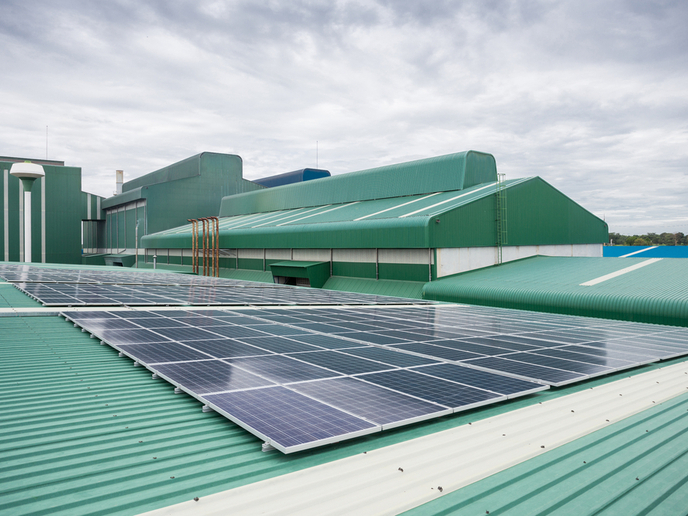More predictable outcomes for energy efficiency projects
Any individual or company willing to invest in energy efficiency projects has heard about what stakeholders call the ‘performance risk’. There is even a saying about it in the US: ‘Meter and pay or deem and pray’. As Jorge Rodrigues de Almeida, founder and managing director of RdA Climate Solutions(opens in new window) (website in Spanish), puts it: “That really means we are hoping for a result but lack the standards to actually measure it.” Almeida knows this problem all too well. He has been advising governments and major industries on sustainable energy projects for years. He also helped shape the Investor Confidence Project (ICP). Its goal? Standardising the way energy efficiency projects are developed, documented and measured. ICP Europe took shape under two distinct projects: ICPEU and I3CP (Industrial and Infrastructure Investor Confidence Project). While the former focused on buildings, the latter put the spotlight on industry and infrastructure projects. Both still suffered from discrepancies between foreseen energy efficiency improvements and actual performance. “We’ve been developing standardised protocols and associated tools such as project development specifications, an index of national resources and templates for energy efficiency projects in buildings, industry and infrastructure. For the latter, we specifically focused on street lighting and industry projects,” says Almeida. When the project was kicked off in May 2017, the idea that the standardisation of development and documentation could reduce performance and transaction costs seemed rather abstract. Yet, by the end of the ICPEU project, global insurance and reinsurance provider Munich Re(opens in new window) had accepted it and started offering lower insurance rates for ICP-certified projects.
From common standards to successful projects
Since then, projects with ICP’s Investor Ready Energy EfficiencyTM certification have been piling up. In Liverpool, a GBP 13 million (EUR 14.5 million) project successfully improved the energy efficiency and decreased the CO2 emissions of the three local National Health Service (NHS) hospitals. Retrofits include new gas-fired CHP energy centres, new variable speed drives for motors, plant optimisation, and an extensive lighting retrofit programme. “This project delivered guaranteed savings of 14 500 000 kWh per year, resulting in annual savings of GBP 1.85 million. This is an average energy saving of 50 % and an average carbon saving of 33 %,” Almeida notes. Energy conservation measures (ECMs) implemented at GOURMET’s production site in Vienna are another example of a fruitful project enabled by ICP. These measures – which include the reuse of waste heat from two fast cooling plants to support the heating demand of three ventilation systems – should enable annual energy savings of 635 MWh in natural gas and 135 MWh in electricity. The investment will pay off after 6.3 years. Achieving such standardisation was the biggest challenge faced by the consortium, as Almeida points out. “EU countries all have different standards for developing an energy efficiency project. We had to identify all legal requirements, frameworks and standards and map them into our own process. Strangely enough, no one had ever done this before.” Another obstacle was the project developers themselves. “They believe that their way of developing a project is unique and sets them apart from the competition. The hard truth is, it often isn’t,” says Almeida. What the team found was rather an undocumented and often uncontrolled process that involves multiple spreadsheets, models and separate calculations – a recipe for error and performance gap. “It’s the exact same problem faced by the first wind farm projects,” adds Almeida. “Every developer had its own way of evaluating projects until industry and financers got together to work out a standard methodology. We haven’t got that far yet with ICP, but it’s a great step forward.” Project developers who first saw ICP as added complexity now seem to agree, whilst the financial sector immediately accepted it as the right approach. Although both ICPEU and I3CP are now completed, the project team is working closely with them to incorporate ICP into their various processes.







